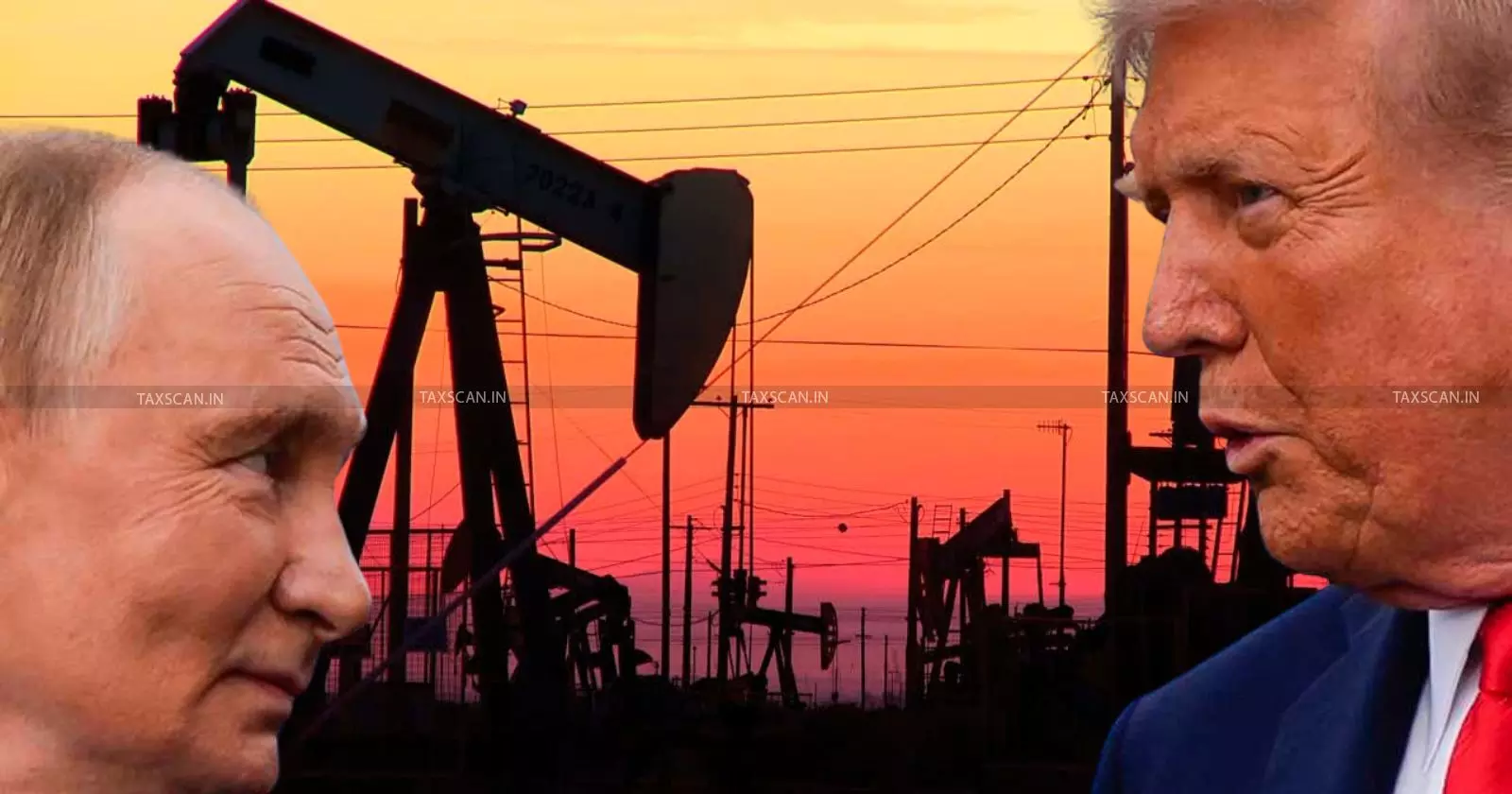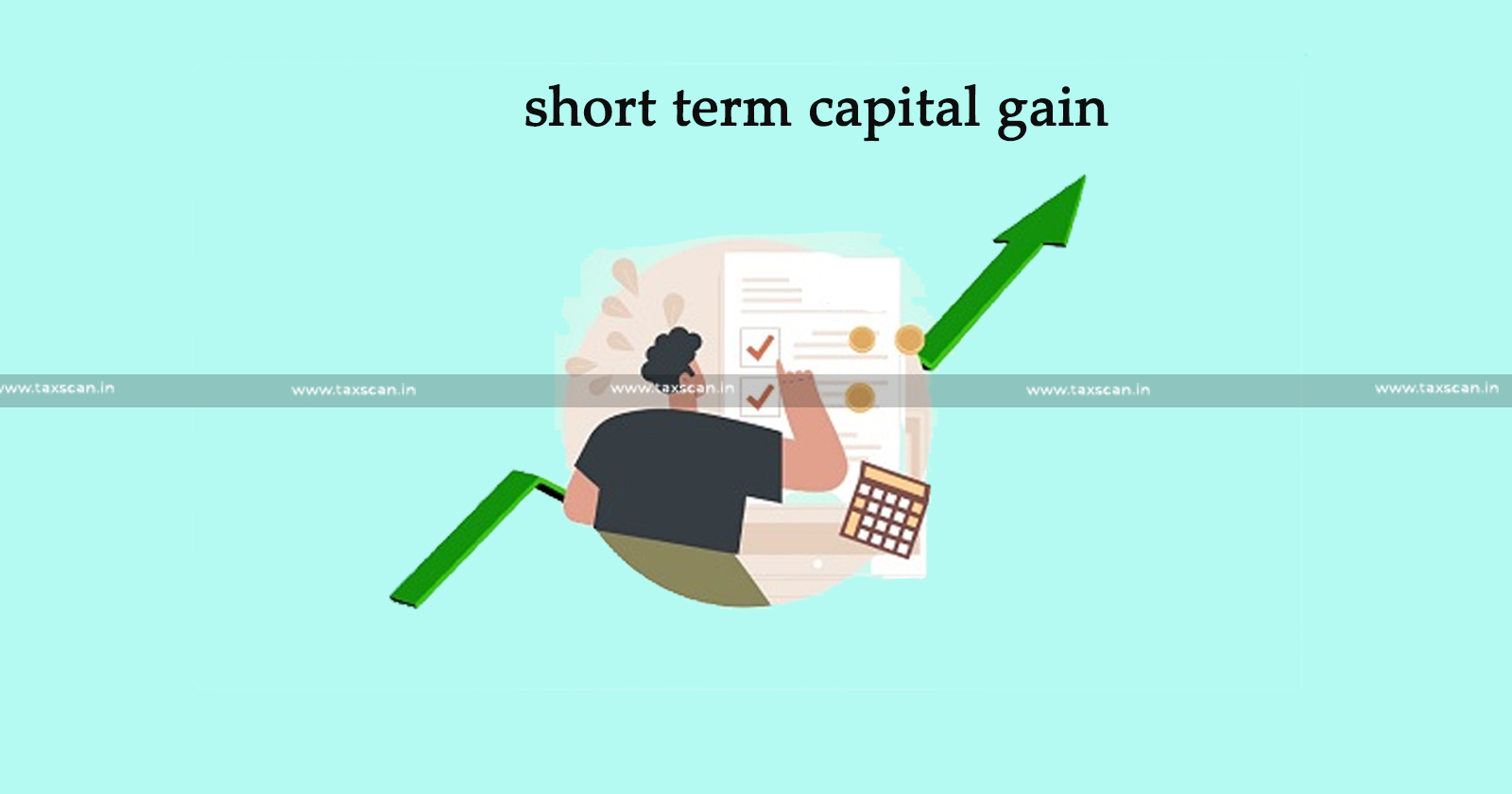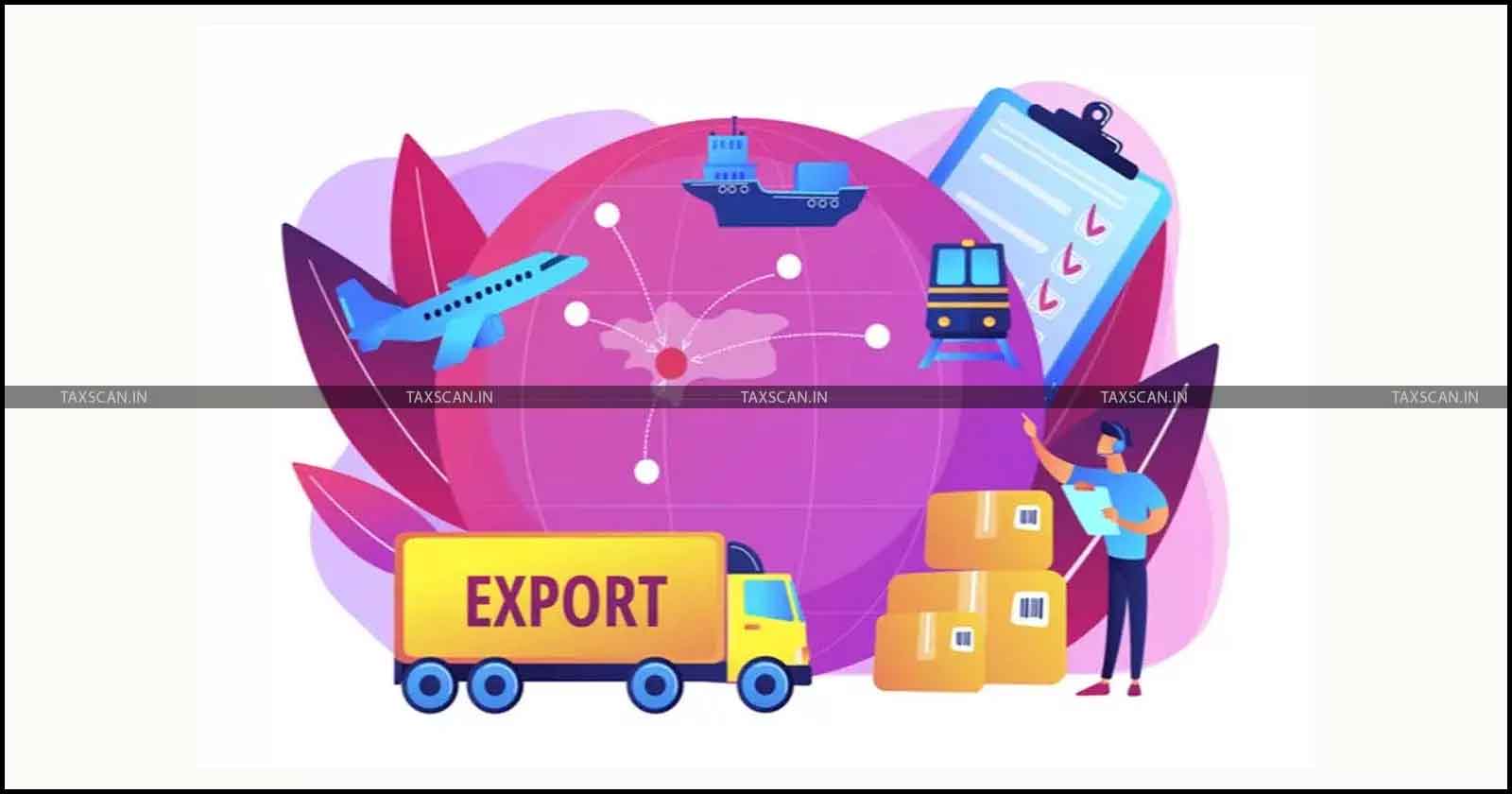Tariffs, Trade, and Oil: What’s at Stake for India After Trump-Putin Alaska Talks?
Trump said he will delay penalty tariffs on countries buying oil from Russia, but the question remains: is that delay enough to ease India’s concerns?

On August 15, 2025, U.S. President DonaldTrump and Russian President Vladimir Putin met in Alaska, a meeting that captured the world’s attention. The world focused on their talks about Ukraine but the meeting also carried big consequences for India
The Alaska summit ended without a deal. President Trump hinted at delaying new “secondary tariffs” on countries buying Russian oil, which gave India some breathing room, but the threat remains very real.
India now finds itself squeezed between Washington’s demands and its own need to maintain affordable energy supplies. Economic institutions have begun quantifying the damage. Bloomberg Economics estimates U.S. tariffs could cut India’s GDP by up to 1 percent in the short term, possibly rising to 1.1 percent later.
Complete GST Act & Rules with amendments made by financial bill, 2025 - Click Here
 Also Read:Zero Tax up to Rs. 12.75 Lakh u/s 87A, But Will Short-Term Capital Gains Still Attract Income Tax?
Also Read:Zero Tax up to Rs. 12.75 Lakh u/s 87A, But Will Short-Term Capital Gains Still Attract Income Tax?
Morgan Stanley projects a drag of 0.8 percent, others like Citigroup and Nomura place it around 0.7 percent. Even the Asian Development Bank has revised India’s growth outlook downward, citing “uncertainty in global trade and the effect of higher U.S. tariffs.”
The Sectors Under Siege
India’s reliance on labor-intensive exports like textiles, gems and jewelry, and seafood makes the tariff story especially painful.
Take textiles and apparel: India ships about $11 billion worth of garments to the U.S. every year. With new tariffs, effective duties shoot up to nearly 64 percent. In comparison, Vietnam and Bangladesh face only around 20 percent. Exporters warn of “mass layoffs,” since selling at a loss just to retain buyers is unsustainable.
The gems and jewelry industry tells a similar story. Around 30 percent of India’s jewelry exports head to the U.S., worth $10 billion annually. Now those products face tariffs above 50 percent, while competitors from Turkey or Thailand face less than half of that burden. Industry groups say as many as 125,000 jobs, many clustered in Mumbai’s SEEPZ zone, are at risk.
Shrimp exporters, too, are struggling. The U.S. buys $2 billion of Indian shrimp each year. With existing anti-dumping duties and new tariffs combined, the effective rate is about 60 percent. Farmers back home have already seen shrimp prices drop by nearly a fifth. Rivals from Ecuador and Vietnam face duties in the 15-20 percent range.
Searching for New Markets
Could India simply sell elsewhere? In theory, yes. The Ministry of External Affairs has floated options like Africa, Latin America, and the Middle East. For example, jewelry exporters are eyeing opportunities in Saudi Arabia. But finding replacements for the U.S., which buys $87 billion of Indian goods annually, is no easy task.
Shrimp exporters face particularly tough challenges because redirecting shipments risks penalties of up to 40 percent for violating existing contracts.
 Also Read:Transitional Clause vs. Safeguard Measures in Trade Policy: Delhi HC Upholds LAM Coke Import Restrictions, Denies ICLC-Based Relief [Read Order]
Also Read:Transitional Clause vs. Safeguard Measures in Trade Policy: Delhi HC Upholds LAM Coke Import Restrictions, Denies ICLC-Based Relief [Read Order]
Will India stop buying Oil instead?
No, India imports 35-40 percent of its oil from Russia. For New Delhi, Russian crude offers a lifeline cheaper prices and reliable supply. For Washington, it is a geopolitical red line.
Indian officials, including Oil Minister Hardeep Singh Puri, have said there is “no pause” on Russian oil imports. From their perspective, energy security comes first. The U.S., is signaling that countries continuing to buy Russian oil could face further tariffs.
This puts India in an extremely difficult position: stop buying Russian oil and risk higher energy costs or continue and risk escalating trade penalties.
Currency and Policy Reactions
One small cushion comes from the rupee’s fall against the dollar. A weaker rupee makes exports cheaper in dollar terms, which can soften some tariff pain. HDFC Bank estimates that every 1 percent decline in the rupee offsets about 2-3 basis points of GDP loss.
What’s Next?
India has to look out for August 27, when an additional 25 percent tariff is scheduled to take effect. That deadline gives India a short window for negotiation.
In his Independence Day speech, Prime MinisterModi doubled down on the push for self-reliance. He announced that India aims to manufacture its own semiconductor chips by the end of 2025, a bold target for a country that has lagged in this area for decades.
Want a deeper insight into the Income Tax Bill, 2025? Click here
Six plants are already under construction, and four more have been approved. By year-end, India expects to roll out its first domestically made chips, a symbolic step toward reducing dependency on imports.
The coming weeks will determine whether India can negotiate breathing room or brace itself for a new, turbulent phase in its economic journey.
Support our journalism by subscribing to Taxscan premium. Follow us on Telegram for quick updates


